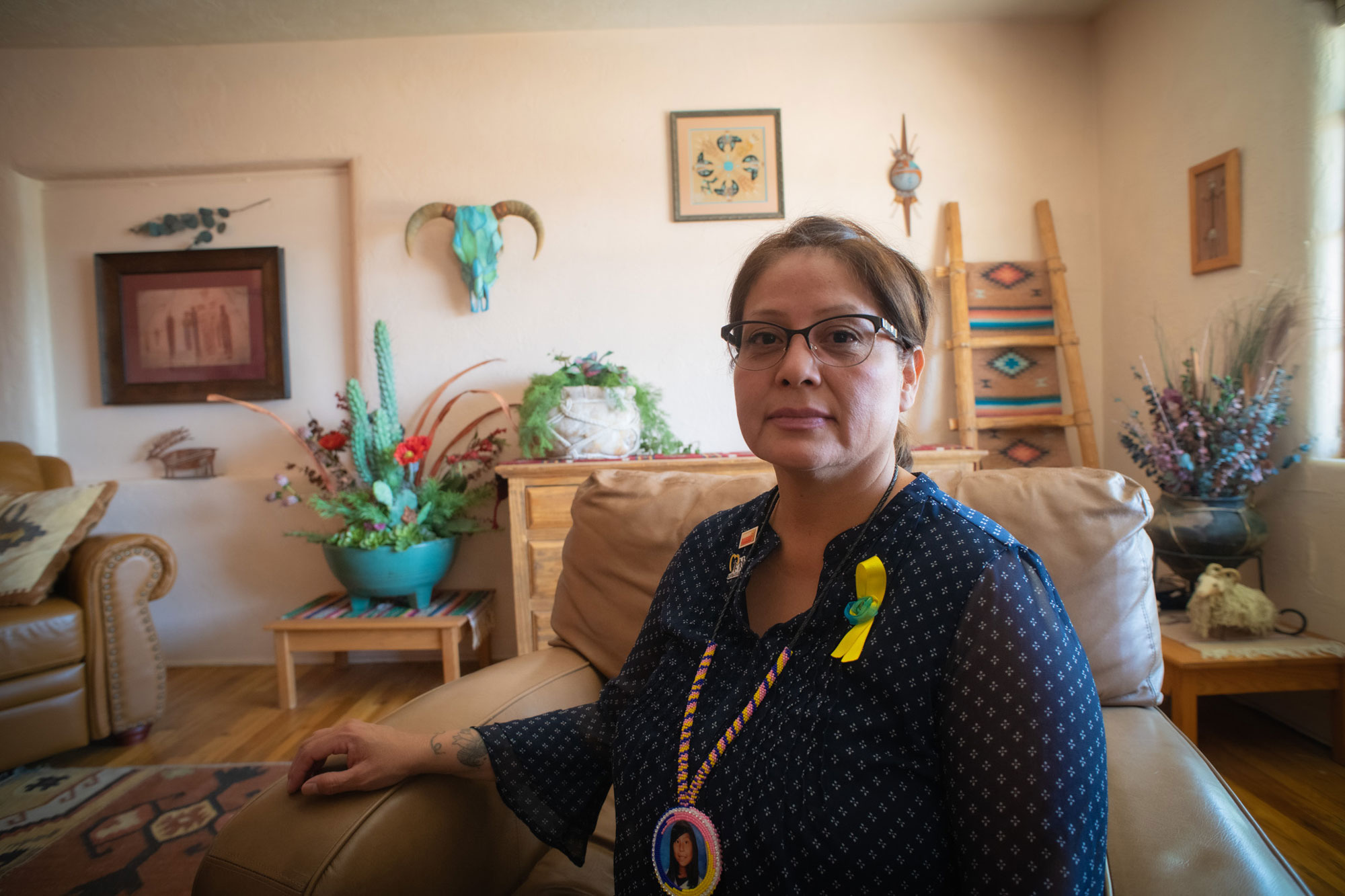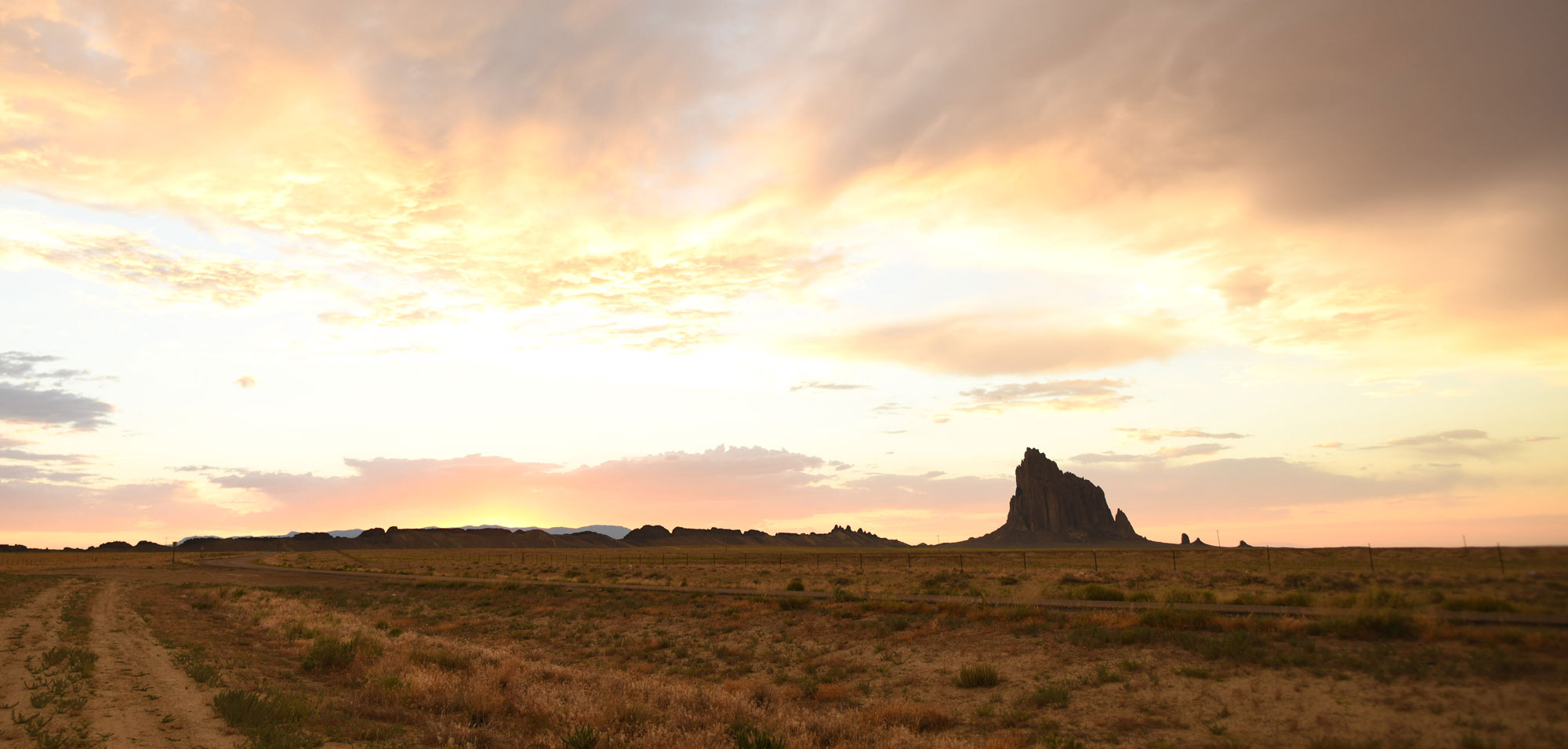Nearly 10,000 Native Americans—more than 7,000 under the age of 18--went missing in 2020. Those statistics from the National Crime Information Center (NCIC) were shared at the first virtual AMBER Alert Indian Country Symposium—which was held in conjunction with the National AMBER Alert Symposium on August 17-19, 2021.
Tribal AMBER Alert partners in attendance at this year’s event learned powerful lessons on the accelerated efforts to find missing and abducted children from American Indian and Alaska Native communities. Beyond the startling statistics, these cases represent real people and show that in 2020, homicide ranked as the #3 cause of death for Native American males, and #6 for Native American females. In that same year, 46% of homicides were preceded by an argument, 18% after a physical fight, and 18% involved an intimate partner.
Chris Chaney, Senior Counsel for Law Enforcement and Information Sharing, Office of Tribal Justice, DOJ, shared the findings but warned the overall statistics for Native Americans do not show what is truly happening in each tribal community.
“When you’ve seen one tribe, you’ve only seen one tribe,” said Chaney.
The U.S. has 574 federally recognized tribes—including 229 Alaska Native villages. California has 108 tribes; the remaining 237 are located throughout 34 states. Only 14 states have no tribes, yet all have Native American residents. The Navajo Nation has more than 300,000 members while the Augustine Band of Cahuilla Indians has 8 members.
Chaney shared recent efforts to protect Indigenous communities, including:
- The Memorandum on Tribal Consultation and Strengthening Nation-to-Nation Relationships, issued in January 2021, directs “all Executive departments and agencies consult with Indian Tribes and respect Tribal sovereignty as they develop policy on issues that impact Indian communities.”
- DOJ invested $1.5 million to hire Missing and Murdered Indigenous Women (MMIP) Coordinators in 11 states to provide training and support local response efforts.
- The MMIP coordinators created a Tribal Community Response Plan to implement culturally appropriate guidelines when investigating cases of missing and murdered American Indians.
- Operation Lady Justice began in 2019 to improve the response to murdered Native Americans, particular missing and murdered women and girls.
- Savanna’s Act clarifies federal, state, Tribal and local law enforcement responses to murdered Indian people.
- The Not Invisible Act increases intergovernmental coordination in identifying and combatting violent crime within tribal lands.
According to the Indian Law Resource Center, four in five indigenous women have experienced violence, and Alaska Native women report assault rates 12 times higher than other U.S. citizens. On some reservations, indigenous women are 10 times more likely to be murdered.
In the Face of Tragedy: Fierce Hope, Radical Change

At this year’s symposium, AATTAP Administrator Janell Rasmussen welcomed Pamela Foster, “the warrior mother who led the grass roots efforts to establish AMBER Alert in Indian country after her daughter Ashlynne’s abduction and death. Foster remains active in engaging Tribal leaders and government officials across the country to implement AMBER Alert plans and was invited to attend the State of the Union address in 2018, where she had the opportunity to speak with lawmakers.
Foster asked them to support legislation that would expand AMBER Alerts on Native American reservations by clarifying that Indian Tribes are eligible for DOJ grants. She received NCMEC’s Champion Award for her advocacy and efforts to encourage Native American communities to adopt AMBER Alert plans. She continues to work tirelessly, encouraging Indian communities to adapt AMBER Alert programs to protect children from predators.”
“Today marks five years, three months and 17 days since the loss of my daughter Ashlynne,” Foster told participants. “Those heart-wrenching days prompted me to voice my concerns and bring to light the problems that we face in Indian Country. It was the worst way to find out we didn’t have an AMBER Alert when we needed it most.”
Foster tragically learned firsthand about the limited means available in Indian Country when her daughter was abducted and murdered on the Navajo Reservation. On May 2, 2016, her 11-year-old daughter Ashlynne Mike, and 9-year-old son, Ian Mike, were taken by a predator who tricked them into getting into his van. Ashlynne was raped and beaten to death but Ian was able to get away.
After the abduction, Foster learned the Navajo Nation lacked the resources and training to issue an AMBER Alert. Nearly two years after Ashlynne’s death, Foster was instrumental in persuading Congress to pass the Ashlynne Mike AMBER Alert in Indian Country Act, a law enhancing the training and technical assistance tribes receive, and which paves the way for tribes to access state AMBER Alert plans. “I became Ashlynne’s voice,” said Foster. “I didn’t want another parent to have to experience what we did. Shortly after her funeral I started advocating in her sweet little spirit. And everywhere I went, I carried her spirit with me, and I brought about awareness of child abduction and missing children and what we can do to safeguard our children on the reservation.”
In closing, Foster offered a beautiful prayer for her daughter, and thanked the participants for their work and dedication. “I am elated by all the work that’s been accomplished since the passage of Ashlynne’s Law,” Foster expressed. “I thank every one of you who work hard to protect our children. I could not have done this without you.”
Resources for Indian Country
Foster worked closely with former AATTAP Administrator Jim Walters to pass the Ashlynne Mike Act and assisted with expanding efforts to help missing and abducted children in Indian Country. Walters spoke at the symposium about the resources needed for tribal AMBER Alert plans.
Walters advocated making sure the plan is able to deliver emergency alerts through as many means as possible like wireless messages, traffic signs, website, email, television and radio. But he said the system should be simple enough so everyone can use it.
“It needs to be something that in the middle of the night, you don’t need a technician or vendor to help with; or something you can get locked out of, or can’t use if there’s an issue,” said Walters.
He added that DOJ provides qualifying tribes with technology toolkits to assist in implementation of Tribal AMBER Alert plans. The kits include mobile tablets, scanners, headsets, web cameras, digital cameras and accessories.
Walters also urged tribal leaders to contact NCMEC. “You’ve got to be ready to reach out to them because they’ve dealt with these programs, and they already have access to them,” he said. “They can tell you what works and what doesn’t work. We forget AMBER Alerts are low-frequency high-risk events; they don’t happen all the time, so we have to train on these things. Exercise and collaborate with partners before you need them.”
Tyesha Wood is a member of the Navajo Nation and the AATTAP Project Coordinator for the AMBER Alert in Indian Country. Before the pandemic, she had been visiting tribes in-person around the country to help set up AMBER Alert and community response plans.
Wood said many Tribal leaders have access to state AMBER Alert coordinators but few had made strong connections with key partners. They also did not know if a response plan was available.
“So, yes, we had AMBER Alerts available to us five to 10 years ago, but when you think about those tribal nations within the United States, there was a disconnection there,” said Wood. “The Ashlynne Mike AMBER Alert Act is about making those connections. We know who to call, we know who’s going to be responding. It’s about getting the information and making the resources available to tribal communities.”
Wood said the program can help get documents and flyers to tribes in English and their native languages. She and her AIIC colleagues continue to work with tribes on their response plans.
Wood added it is critical for Tribal leaders to have close contacts with all community members, including representatives from transportation, fire departments, Boys & Girls Clubs, Head Start, and others. “Let’s start talking about it now before something bad happens,” she said.
Ernie Weyand, the MMIP Coordinator in Montana, said Tribal leaders told him they did not want to use the national protocol for their community response plans.
“They didn’t think that would be effective,” said Weyend. “In fact, they really called for something that was specific to their community, to their culture and to their needs.”
Weyend said he is continuing to help tribes develop their own community response plans on how each will specifically respond to missing persons.
Tribal Breakout
As with the other regional breakout sessions held during this year’s virtual symposium, Tribal partners met together during a specific session to network, identify what is working, and what areas need improvement. Topical areas discussed during the Tribal breakout included:
- Participation in their State AMBER Alert Plans
- Obstacles in Requesting and Issuing an AMBER Alert
- Tribal Community Education on AMBER Alert in Indian Country
- AMBER Alert Program Partnership
- Training Needs
This collaboration opportunity was especially important at this time, as most of the participants have not been able to meet with each other regularly due to the pandemic.
Final Thoughts and A Call to Action
AATTAP Administrator Janell Rasmussen concluded the online symposium by sharing her hope that the next national gathering will be in-person. “This is our first time holding the symposium virtually and your attendance was critical in the continued collaboration and improvement of the AMBER Alert program during this pandemic. The fact that children’s lives are put in danger each and every day did not stop with the pandemic, and we must continue to be prepared and respond.”
Rasmussen thanked everyone for being champions for children. “We must continue to be prepared and respond,” she said. “We value your input and suggestions and look for ways to implement initiatives that help to deal with the issues you are facing. You are dedicated and committed to protecting kids, and we appreciate the work that you do each and every day to make this program more successful and protecting children.”

